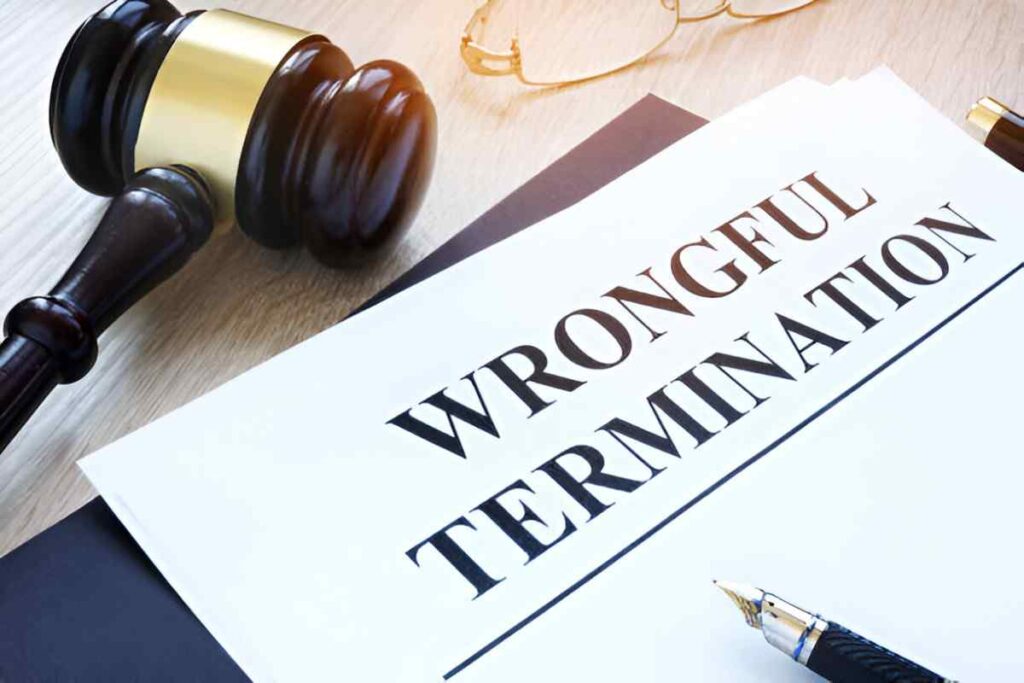Bankruptcy is a term that often carries a heavy emotional and financial weight. For many, it represents a last resort, a way to reset when debts become overwhelming. But behind the scenes of every bankruptcy case, there’s a key player who ensures the process runs smoothly and fairly: the trustee in bankruptcy. In this guide, I’ll walk you through the role of a trustee, their responsibilities, and why they’re essential to the bankruptcy process. Whether you’re considering filing for bankruptcy or simply curious about how it works, this article will provide a clear, comprehensive understanding of this critical financial guardian.
Table of Contents
What Is a Trustee in Bankruptcy?
A trustee in bankruptcy is an individual or entity appointed to oversee the administration of a bankruptcy case. They act as a neutral third party, ensuring that the process adheres to the law and that both the debtor and creditors are treated fairly. Trustees are appointed in both Chapter 7 and Chapter 13 bankruptcies, though their roles differ slightly depending on the type of bankruptcy.
In Chapter 7 bankruptcy, often referred to as “liquidation bankruptcy,” the trustee’s primary role is to collect and sell the debtor’s non-exempt assets to pay off creditors. In Chapter 13 bankruptcy, known as “reorganization bankruptcy,” the trustee manages the debtor’s repayment plan, ensuring that payments are made consistently over a three- to five-year period.
The Legal Framework Governing Trustees
Trustees operate under the oversight of the United States Trustee Program, a component of the Department of Justice. This program ensures that trustees comply with federal bankruptcy laws and regulations. The Bankruptcy Code, specifically Title 11 of the United States Code, outlines the duties and powers of trustees.
For example, under 11\ U.S.C. S 704, a Chapter 7 trustee is required to:
- Collect and liquidate the debtor’s non-exempt property.
- Investigate the debtor’s financial affairs.
- Ensure creditors receive payments to the extent possible.
These legal requirements ensure that trustees act in the best interest of all parties involved.
The Appointment Process
Trustees are typically appointed by the United States Trustee Program or elected by creditors. In Chapter 7 cases, the appointment is usually automatic, with the program assigning a trustee from its panel of qualified professionals. In Chapter 13 cases, trustees are often permanent employees of the program, handling multiple cases simultaneously.
Key Responsibilities of a Trustee
1. Asset Liquidation in Chapter 7 Bankruptcy
In a Chapter 7 bankruptcy, the trustee’s primary task is to identify and liquidate the debtor’s non-exempt assets. Exempt assets are those protected by state or federal law, such as a primary residence or personal belongings up to a certain value. Non-exempt assets, on the other hand, can be sold to repay creditors.
For example, if a debtor owns a second car valued at \$15,000 and the exemption limit for vehicles is \$5,000, the trustee may sell the car and distribute \$10,000 to creditors after accounting for any liens or selling costs.
2. Repayment Plan Administration in Chapter 13 Bankruptcy
In Chapter 13 bankruptcy, the trustee oversees the debtor’s repayment plan. This involves reviewing the plan to ensure it meets legal requirements, collecting payments from the debtor, and distributing funds to creditors.
Let’s say a debtor owes \$50,000 in unsecured debt and proposes a five-year repayment plan. The trustee will calculate the monthly payment amount based on the debtor’s disposable income. If the debtor’s disposable income is \$833 per month, the total repayment over five years would be:
\$833 \times 60 = \$49,980The trustee ensures this amount is distributed fairly among creditors.
3. Investigating Financial Affairs
Trustees have the authority to investigate the debtor’s financial affairs. This includes reviewing financial statements, tax returns, and other documents to verify the accuracy of the bankruptcy petition. If the trustee discovers hidden assets or fraudulent activity, they can take legal action to recover funds for creditors.
4. Conducting the Meeting of Creditors
One of the trustee’s most visible roles is conducting the meeting of creditors, also known as the 341\ meeting. During this meeting, the debtor answers questions under oath about their financial situation. Creditors may also attend and ask questions, though this is rare in most consumer bankruptcy cases.
5. Objecting to Discharge
In some cases, the trustee may object to the debtor’s discharge if they believe the debtor has committed fraud, concealed assets, or otherwise violated bankruptcy laws. This ensures that the bankruptcy process is not abused.
The Financial Impact of Trustees
Trustees play a crucial role in balancing the interests of debtors and creditors. For debtors, the trustee’s actions can determine how much of their property they get to keep. For creditors, the trustee ensures they receive as much repayment as possible.
Consider a scenario where a debtor has \$100,000 in unsecured debt and \$20,000 in non-exempt assets. The trustee liquidates the assets and distributes the proceeds to creditors. If there are no secured creditors, the distribution might look like this:
| Creditor | Claim Amount | Percentage Recovered | Amount Received |
|---|---|---|---|
| A | \$40,000 | 20% | \$8,000 |
| B | \$30,000 | 20% | \$6,000 |
| C | \$30,000 | 20% | \$6,000 |
This table illustrates how the trustee ensures a fair distribution of funds.
Challenges Faced by Trustees
Being a trustee is not without its challenges. Trustees must navigate complex legal and financial landscapes, often dealing with uncooperative debtors or aggressive creditors. They also face the ethical dilemma of balancing their duty to creditors with the need to provide debtors a fresh start.
For example, if a debtor has a sentimental but non-exempt asset, the trustee must decide whether to liquidate it. While the law may require liquidation, the human element adds complexity to the decision-making process.
The Role of Trustees in Preventing Fraud
Trustees are on the front lines of preventing bankruptcy fraud. They scrutinize financial documents, verify claims, and investigate suspicious activity. In 2020, the United States Trustee Program reported recovering over \$1.2\ billion in assets through its fraud detection efforts.
One common form of fraud is transferring assets to family members or friends before filing for bankruptcy. Trustees use tools like forensic accounting to uncover such transfers and recover assets for creditors.
Trustee Compensation
Trustees are compensated for their work, but their fees are regulated by law. In Chapter 7 cases, trustees receive a percentage of the assets they liquidate, typically around 25\% of the first \$5,000, 10\% of the next \$45,000, and 5\% of amounts over \$50,000. In Chapter 13 cases, trustees receive a percentage of the payments made under the repayment plan, usually around 10\%.
This fee structure ensures that trustees are motivated to maximize recoveries for creditors while maintaining fairness.
Conclusion
The role of a trustee in bankruptcy is multifaceted and essential to the integrity of the bankruptcy process. They act as financial guardians, ensuring that debtors receive a fair chance to rebuild their lives while creditors recover as much as possible. Understanding their role can demystify the bankruptcy process and provide clarity for those navigating financial difficulties.





